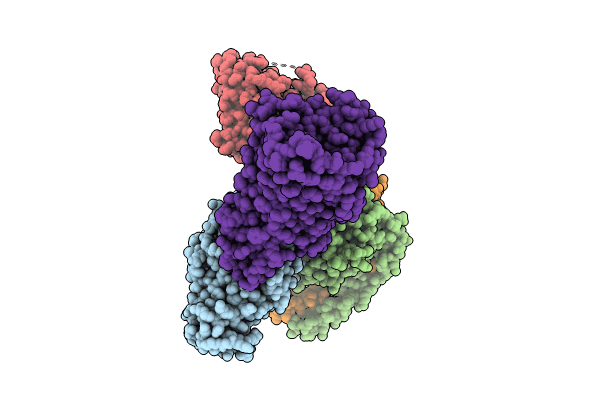
Deposition Date
2023-08-19
Release Date
2024-07-31
Last Version Date
2024-12-04
Method Details:
Experimental Method:
Resolution:
3.06 Å
Aggregation State:
PARTICLE
Reconstruction Method:
SINGLE PARTICLE


